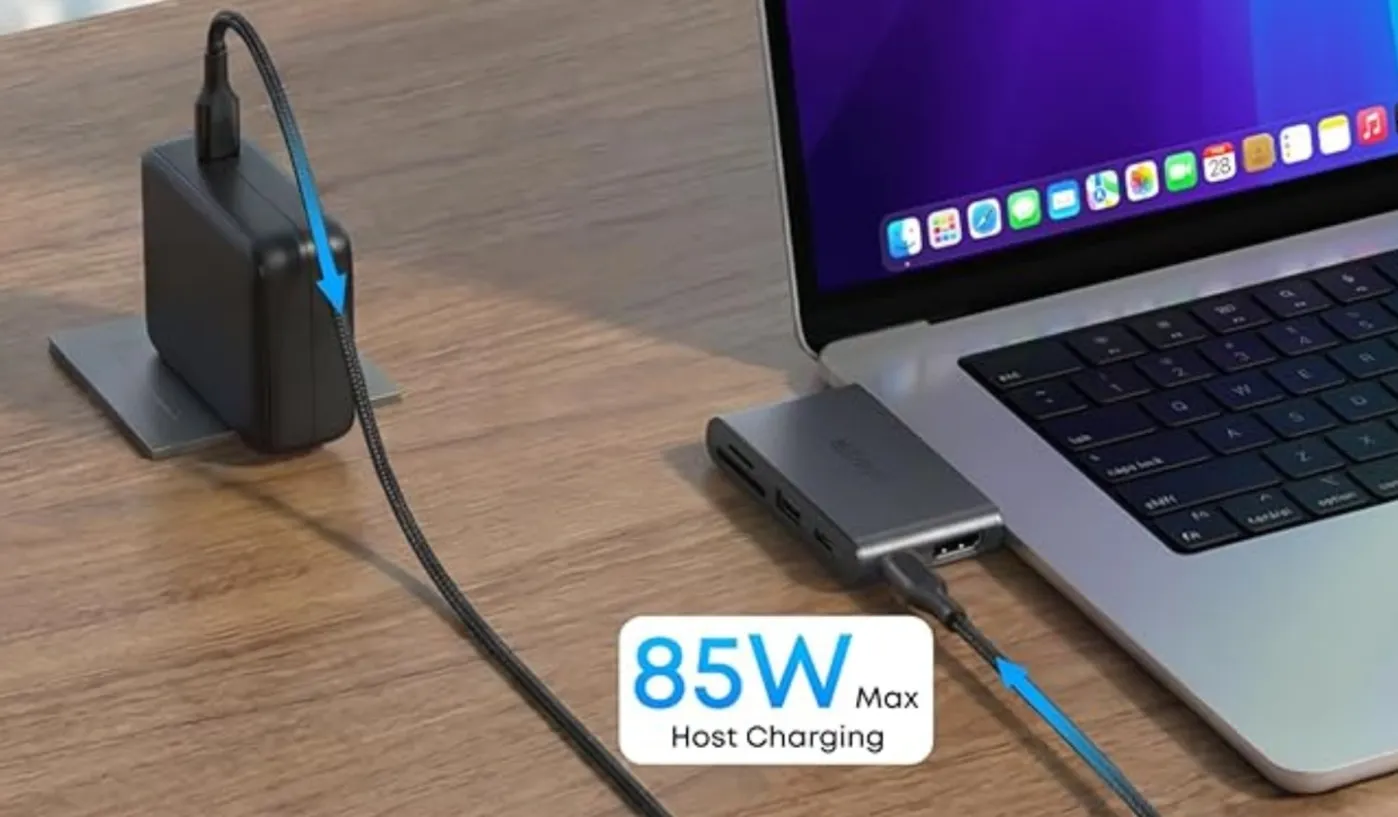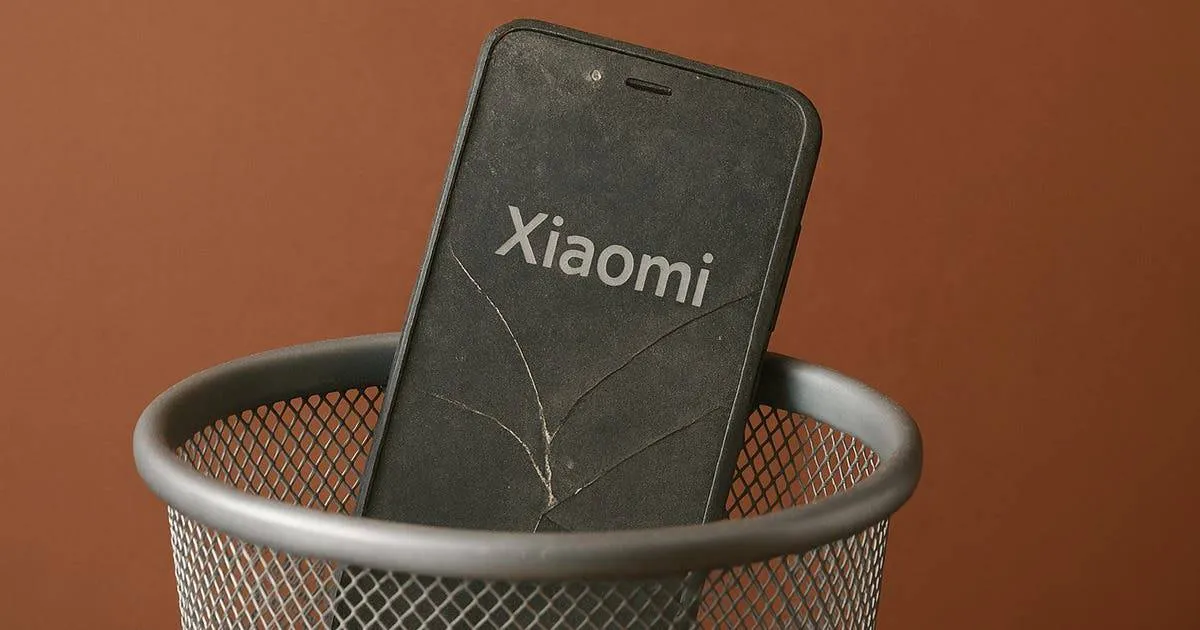"Blue Screen of Death" Disrupts Banks, Airlines, and TV Companies Globally
newsFriday, 19 July 2024 at 05:59
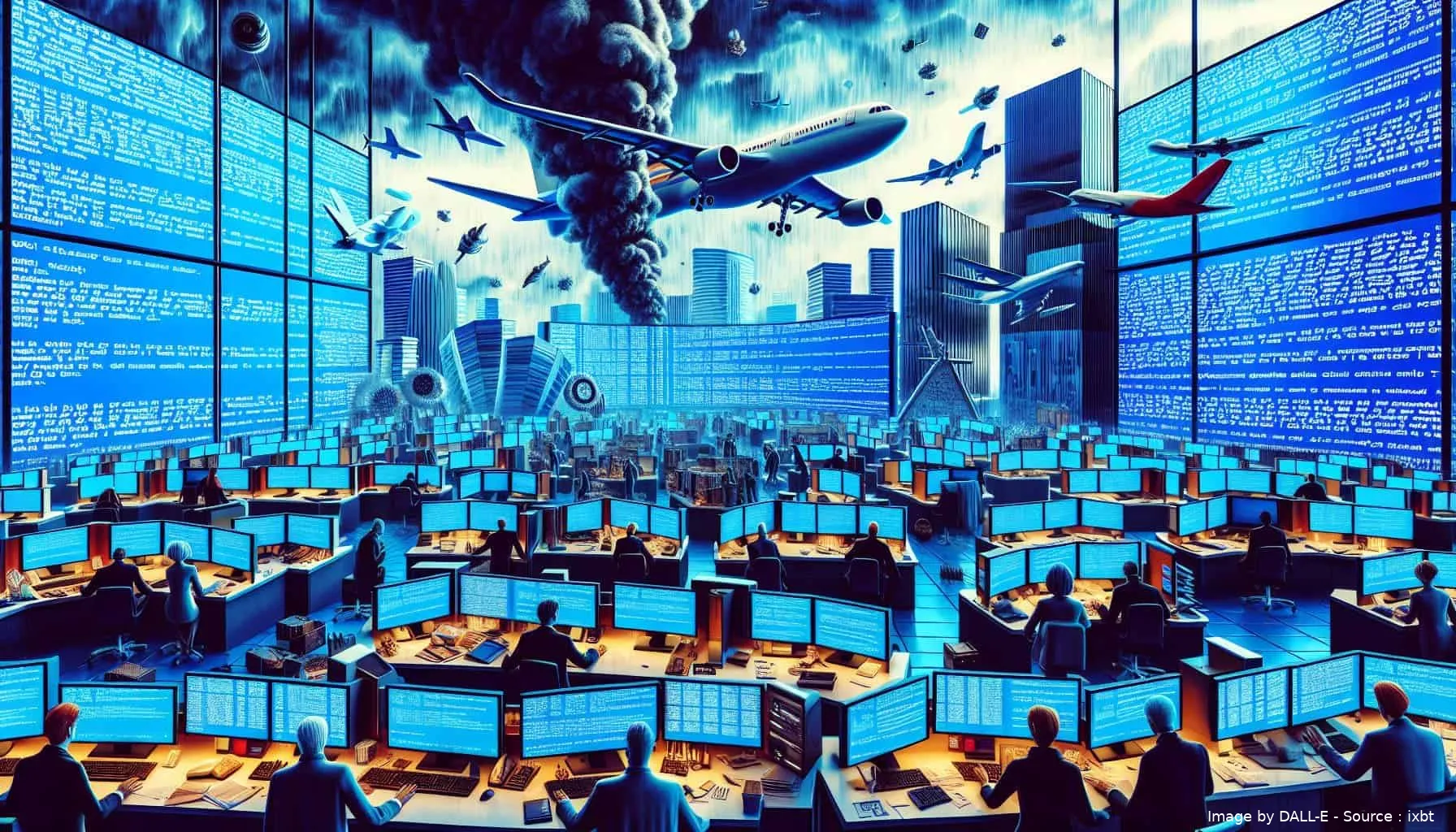
A recent update from cybersecurity company CrowdStrike caused many Windows computers around the world to experience the dreaded Blue Screen of Death (BSOD) crash. This problem stopped banks, airlines, TV stations, and other businesses from working normally.
CrowdStrike Update Triggers Global Blue Screen of Death (BSOD) Event on Windows Machines
What Happened?
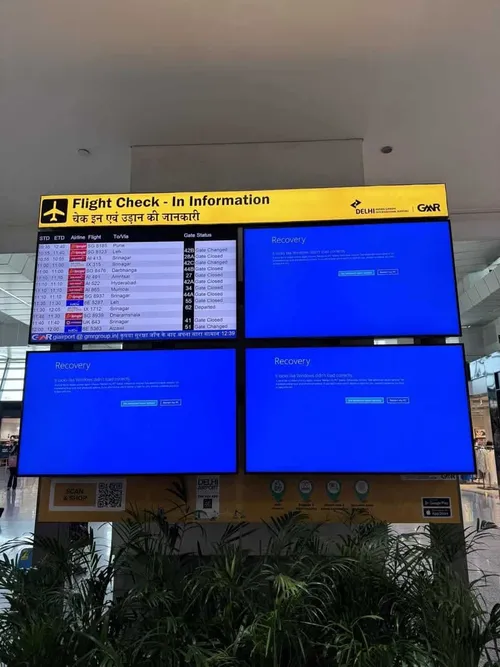
The faulty update accidentally cut off internet access for some devices. This caused them to try to fix themselves over and over again, but they couldn't boot up properly. The issue started in Australia and then spread to Europe and the United States. Airlines had to ground planes, and news channels couldn't broadcast their shows.

How Did CrowdStrike Fix It?
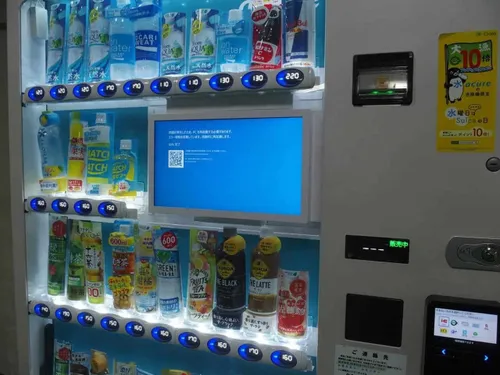
CrowdStrike realized the problem and stopped the bad update from going out to more computers. However, some devices already had the update and were still stuck. People who manage computers found a way to fix these machines by starting them in a special mode and deleting a certain file.
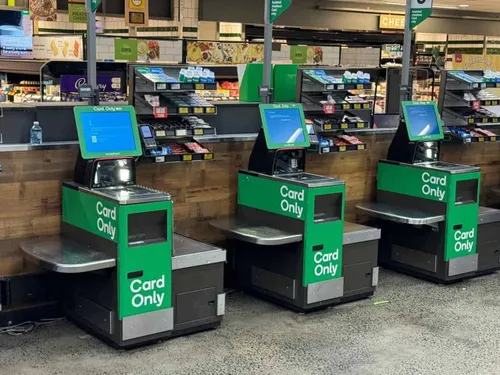
What Can We Learn from This?
This event shows how software updates can cause big problems, even if they seem unimportant. In the future, companies that make software updates should test them more carefully on different computers before releasing them. They should also talk to their users clearly if there are any problems.
Key Points:
- CrowdStrike update caused BSOD errors on Windows machines.
- Disrupted critical businesses like banks and airlines.
- Update stopped, but some machines still needed fixing.
- Importance of thorough software testing and clear communication.
- Need for robust systems to prevent future disruptions.
CrowdStrike Update Caused Big Problems: What We Learned
Beyond the Crash: A Deeper Look
The July 19th blue screen crash (BSOD) caused by a CrowdStrike update wasn't just a tech news story. It sparked discussions among cybersecurity experts about what caused it, how it could affect us in the long run, and how to prevent future problems.
What Caused the Crash?
Experts say there could be a few reasons why the update made computers crash:
- Driver Issues: The update might have added software that clashed with existing Windows programs, causing problems.
- Windows Issues: In a more serious scenario, the update might have accidentally changed important parts of Windows, making the system crash.
- Other Software Issues: The update might have interacted poorly with other programs on the computer, leading to crashes.
More investigation is needed to find the exact reason. Knowing what happened will help prevent similar crashes in the future.
How Did This Affect Us?
The crash wasn't just a bump in the road. It showed how much we rely on technology working smoothly. When banks, airlines, and news outlets couldn't function, it caused problems in many areas:
- Money Matters: Flights being grounded and banks being shut down could have cost a lot of money.
- Reputation Damage: The crash may have hurt the reputation of airlines and banks, showing they need strong tech defenses.
- Public Trust: When important services stop working, people can lose faith in the technology we use every day.
This shows how important it is for all businesses that rely on technology to have good plans to manage risk.
How Can We Prevent This From Happening Again?
There are things the tech industry can do to prevent crashes like this from happening again:
- More Testing: Software updates should be tested thoroughly on many different computers before being released widely.
- Staged Rollouts: Updates can be released to small groups first to catch problems before everyone gets them.
- Clear Communication: Software companies need to talk openly with people who use their products about any problems and how to fix them.
- Cybersecurity Awareness: Businesses should teach their employees about cybersecurity so they can spot and report problems.
The Takeaway: Working Together for a More Reliable Future
The CrowdStrike crash is a wake-up call for the tech industry. By testing software carefully, managing risks proactively, and communicating clearly, we can all work together to build a more reliable and stronger technological foundation for our world. This way, software updates will help things run smoothly, not cause problems.
Loading

